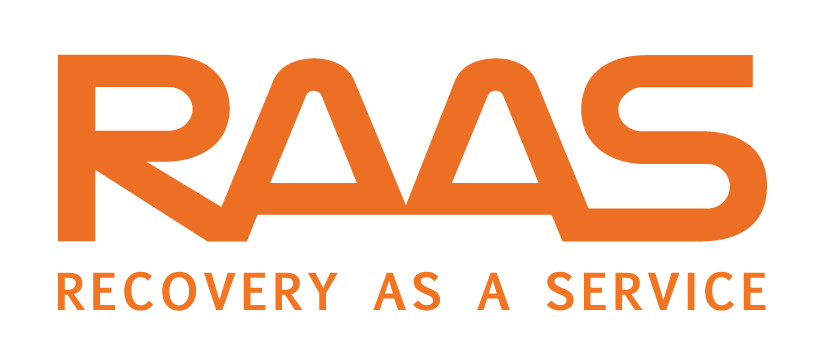Having a backup of your business data is a must today. Data backup routines should be comprehensive and should cover the core digital services of the business. They should also contain a proactive aspect ensuring that in the event of an attack or disaster, data is easily recoverable. In this sense, there are two indicators that stand out: RPO and RTO. The first is used to gauge how much information a business can lose after an uncontrolled situation. The second provides IT managers with a reference on how backup policies should be planned. In today’s article, we will look at the differences between these two indicators and see how they affect backup policies!
RTO: Recovery Time Objective
This indicator is used to evaluate the maximum time a system can be unavailable after a failure or attack. This indicator encompasses the impact caused by a potential problem and sets an estimated baseline for technicians to restore part of the company’s normal operations. The calculation of this indicator involves the evaluation of each database and each information for the business. Software that is tied to internal processes should be prioritized, while low-use tools may have a higher RTO, meaning that it will take longer to get back up and running.
RPO: Recovery Point Objective
This indicator is used to measure the amount of information that can be recovered after an operational failure or after an attack. This indicator takes into account the interval between the creation of each data copy of the organization. The RPO gives the IT manager a better sense of what the real impact a failure will have on the business of data entry. For example, if a failure happens at 10 am and the last copy was made at 8 am, the RPO indicates that the organization will not be able to restore two hours of information.

